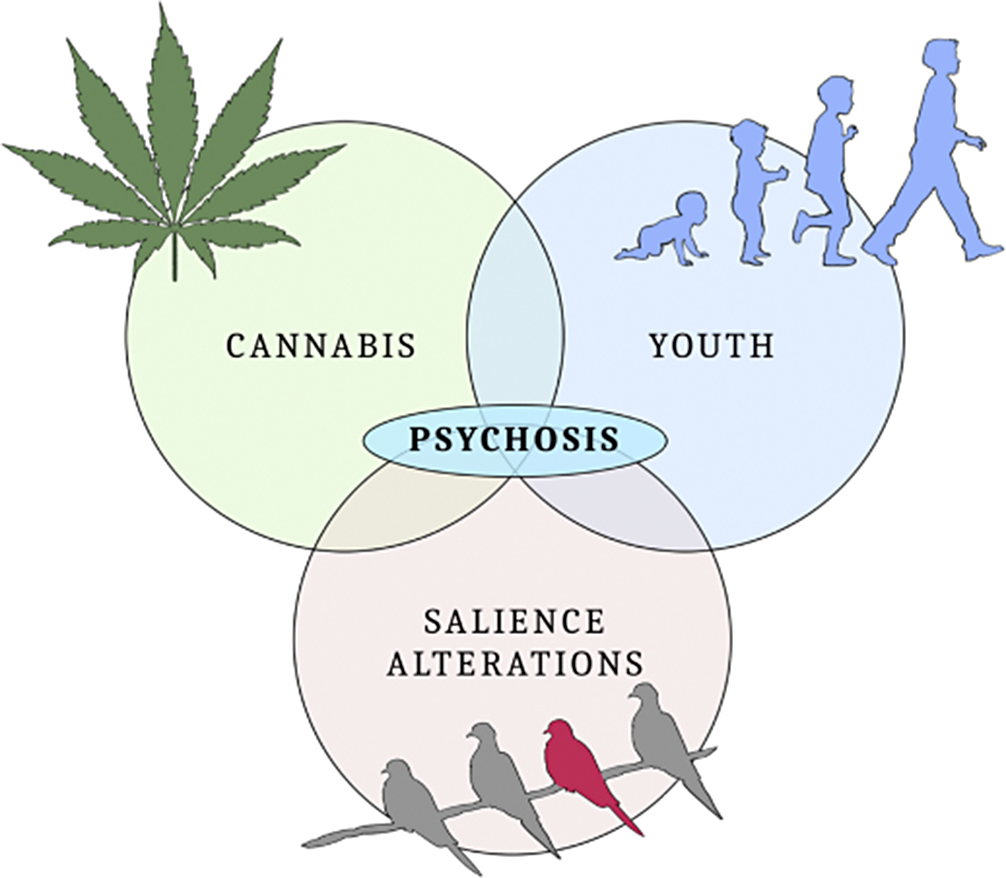Refine listing
Actions for selected content:
Contents
e-Poster Viewing
Abstract
Differential diagnosis of acute psychosis after cocaine consumption: a case report
-
- Published online by Cambridge University Press:
- 27 August 2024, p. S735
-
- Article
-
- You have access
- Open access
- Export citation
Paliperidone LAI-Induced Leukocytopenia: A Case Report
-
- Published online by Cambridge University Press:
- 27 August 2024, pp. S735-S736
-
- Article
-
- You have access
- Open access
- Export citation
Sleep Matters: Unpacking the Link between Sleep Disorders and Clinical Characteristics in Schizophrenia.
-
- Published online by Cambridge University Press:
- 27 August 2024, p. S736
-
- Article
-
- You have access
- Open access
- Export citation
An underestimated link: a study of eating disorders in patients followed for schizophrenia
-
- Published online by Cambridge University Press:
- 27 August 2024, p. S736
-
- Article
-
- You have access
- Open access
- Export citation
CPAN - A novel transdiagnostic dimensional approach to the assessment of psychotic disorders
-
- Published online by Cambridge University Press:
- 27 August 2024, p. S737
-
- Article
-
- You have access
- Open access
- Export citation
Ultra-High-Risk that do not transition to psychosis. What happens?
-
- Published online by Cambridge University Press:
- 27 August 2024, p. S737
-
- Article
-
- You have access
- Open access
- Export citation
Somatic comorbidities in patients with schizophrenia
-
- Published online by Cambridge University Press:
- 27 August 2024, p. S738
-
- Article
-
- You have access
- Open access
- Export citation
Sexual activity and sexual dysfunction in patients with schizophrenia at the Arrazi psychiatric hospital in Salé
-
- Published online by Cambridge University Press:
- 27 August 2024, p. S738
-
- Article
-
- You have access
- Open access
- Export citation
Improving the Sexual Wellbeing of Patients with Psychotic Illness
-
- Published online by Cambridge University Press:
- 27 August 2024, pp. S738-S739
-
- Article
-
- You have access
- Open access
- Export citation
Male gynecomastia linked to antipsychotics: a case report
-
- Published online by Cambridge University Press:
- 27 August 2024, p. S739
-
- Article
-
- You have access
- Open access
- Export citation
The role of cannabis and salience alterations in determining the severity of psychotic symptoms: a multi-centric, cross-sectional study on adolescent and adult cohorts
-
- Published online by Cambridge University Press:
- 27 August 2024, pp. S739-S740
-
- Article
-
- You have access
- Open access
- Export citation
“God speaks to me through a dove”. The evidence of clozapine in treatment-refractory psychosis
-
- Published online by Cambridge University Press:
- 27 August 2024, p. S740
-
- Article
-
- You have access
- Open access
- Export citation
Prevalence of diabetes and insulin resistance in patients with diagnosis of schizophrenia or other psicotic disorders
-
- Published online by Cambridge University Press:
- 27 August 2024, p. S741
-
- Article
-
- You have access
- Open access
- Export citation
Grading of Recommendations of psychological interventions in the rehabilitation of patients with schizophrenia
-
- Published online by Cambridge University Press:
- 27 August 2024, p. S741
-
- Article
-
- You have access
- Open access
- Export citation
Schizophreniform disorder. Clinical manifestations and diagnosis. Purposely a case
-
- Published online by Cambridge University Press:
- 27 August 2024, p. S742
-
- Article
-
- You have access
- Open access
- Export citation
‘De Novo’ Psychosis following anterior temporal lobectomy: A case report
-
- Published online by Cambridge University Press:
- 27 August 2024, p. S742
-
- Article
-
- You have access
- Open access
- Export citation
Menstrual Psychosis with Premenstrual Onset: A case presentation
-
- Published online by Cambridge University Press:
- 27 August 2024, pp. S742-S743
-
- Article
-
- You have access
- Open access
- Export citation
From childhood trauma to psychosis: Investigating the attachment link
-
- Published online by Cambridge University Press:
- 27 August 2024, p. S743
-
- Article
-
- You have access
- Open access
- Export citation
Attachment styles in Tunisian women with schizophrenia
-
- Published online by Cambridge University Press:
- 27 August 2024, pp. S743-S744
-
- Article
-
- You have access
- Open access
- Export citation
Identifying Challenges in Social Functioning Among Women with Schizophrenia
-
- Published online by Cambridge University Press:
- 27 August 2024, p. S744
-
- Article
-
- You have access
- Open access
- Export citation

